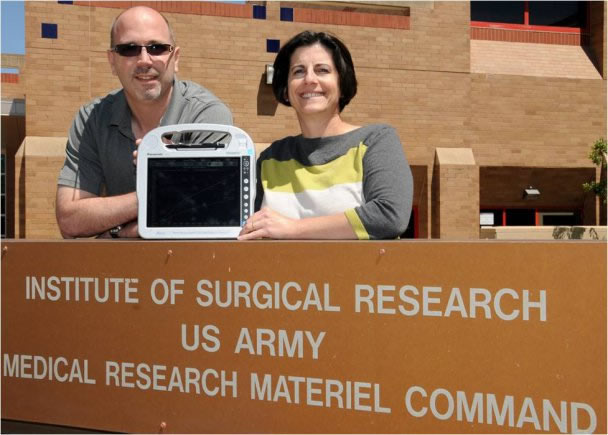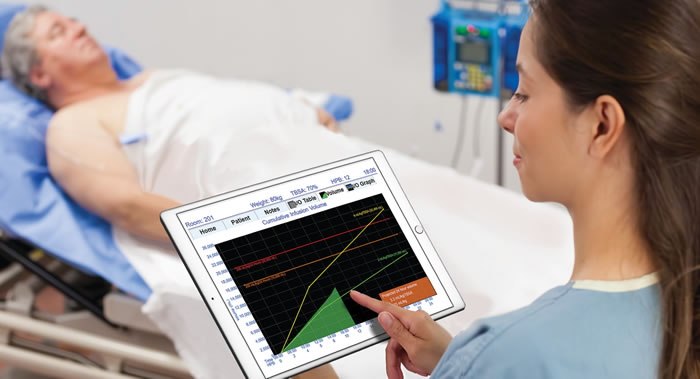Adapt & Achieve: Burn Navigator Continues Winning Ways
Dr. Jose Salinas still remembers the height of the war. Wave after wave of combat casualties arriving from Iraq and Afghanistan; many with substantial burn injuries requiring constant care and oversight. This was well before the awards, before the game-changing work at the U.S. Army Institute of Surgical Research in San Antonio, Texas.
"The DOD said, quite simply, we need to stop all these burn injuries," said Salinas, now a program manager at the USAISR. "And I thought, well that's going to be tough, because with burn patients you really need a specialist."
Burn patients require care that is far more resource-intensive than most other injuries. Once a person receives a 20 percent burn on their body, the body naturally responds by emptying fluid out of the blood vessels and into other compartments within the system. If that fluid is not replaced, the patient may die from shock. To mitigate that problem, burn specialists routinely initiate intravenous fluid resuscitation to replace that same lost fluid and avoid further complications.
Said Salinas, "That's why the first 24 to 48 hours with a burn patient are critical."
The requirements-driven result of the DOD's complicated call-to-action was the Burn Navigator, a computer-assisted decision support tool designed to prevent burn injury deaths by applying a series of dedicated computer algorithms to guide resuscitation following burn injury.

Developed by the U.S. Army Medical Research and Materiel Command, the USAISR and the University of Texas Medical Branch, the Burn Navigator was quickly licensed to Texas-based medical device company Arcos Medical for commercialization in the U.S. The Burn Navigator won Food and Drug Adminstration clearance in 2013 and has since won a slew of national technology honors before its most recent victory this past April: the Federal Laboratory Consortium for Technology Transfer's prestigious Excellence in Technology Transfer Award.
"The Army has purchased about 180 Burn Navigators so far, and it's being used in the United Kingdom, too," said retired Lt. Col. Maria Serio-Melvin, who serves on Salinas' team. "But we always knew the first generation would need improvements, would need software upgrades."
Said Serio-Melvin, "Our goal has always been to get the Burn Navigator to as many military and civilian clinicians as possible."
That attitude likely cemented the team's most recent achievement, as Salinas collaborated with both the Air Force and the Office of the Command Surgeon to use Defense Health Program budget activity 6.7 funds to push the Burn Navigator system onto a mobile platform. The funding allowed the team to create a mobile application that can run on both Apple and Android tablet platforms; including new tablet devices used by the Air Force Critical Care Air Transport Teams. The latter has the potential to simplify logistics and drive down the cost for the Burn Navigator.
"And even better," said Serio-Melvin, "funding for a cell phone-based version of the Burn Navigator is on the way."
The significance of potential cell connectivity is not lost on Salinas. The technology that began with an urgent call from the DOD nearly two decades ago may soon be available, quite literally, on the phone of anyone who might need it, anywhere across the globe.
"It's all about teamwork, collaboration and hard work," said Salinas. "That's never changed."















